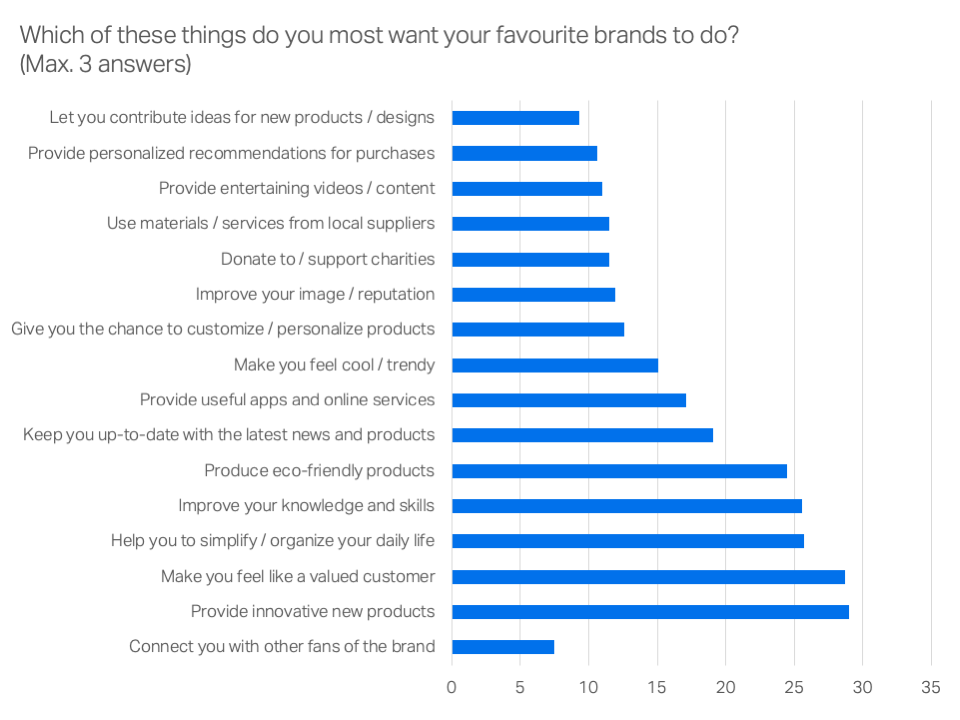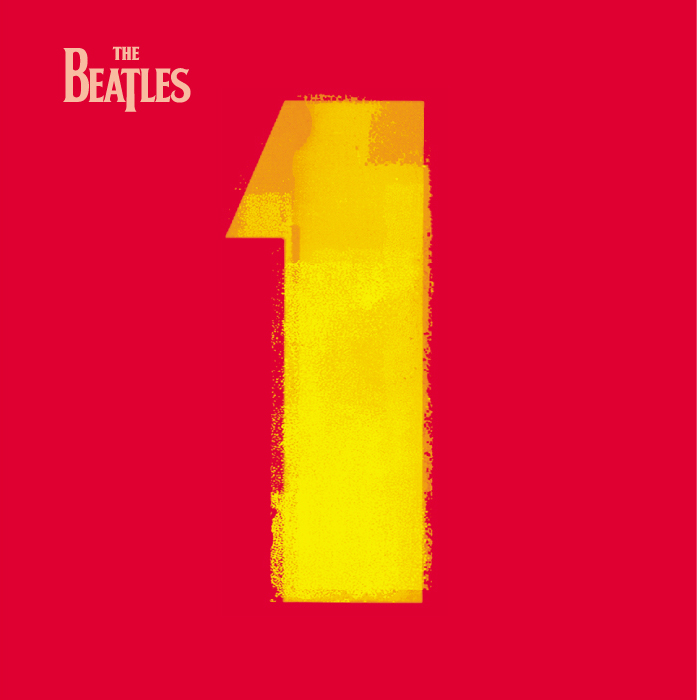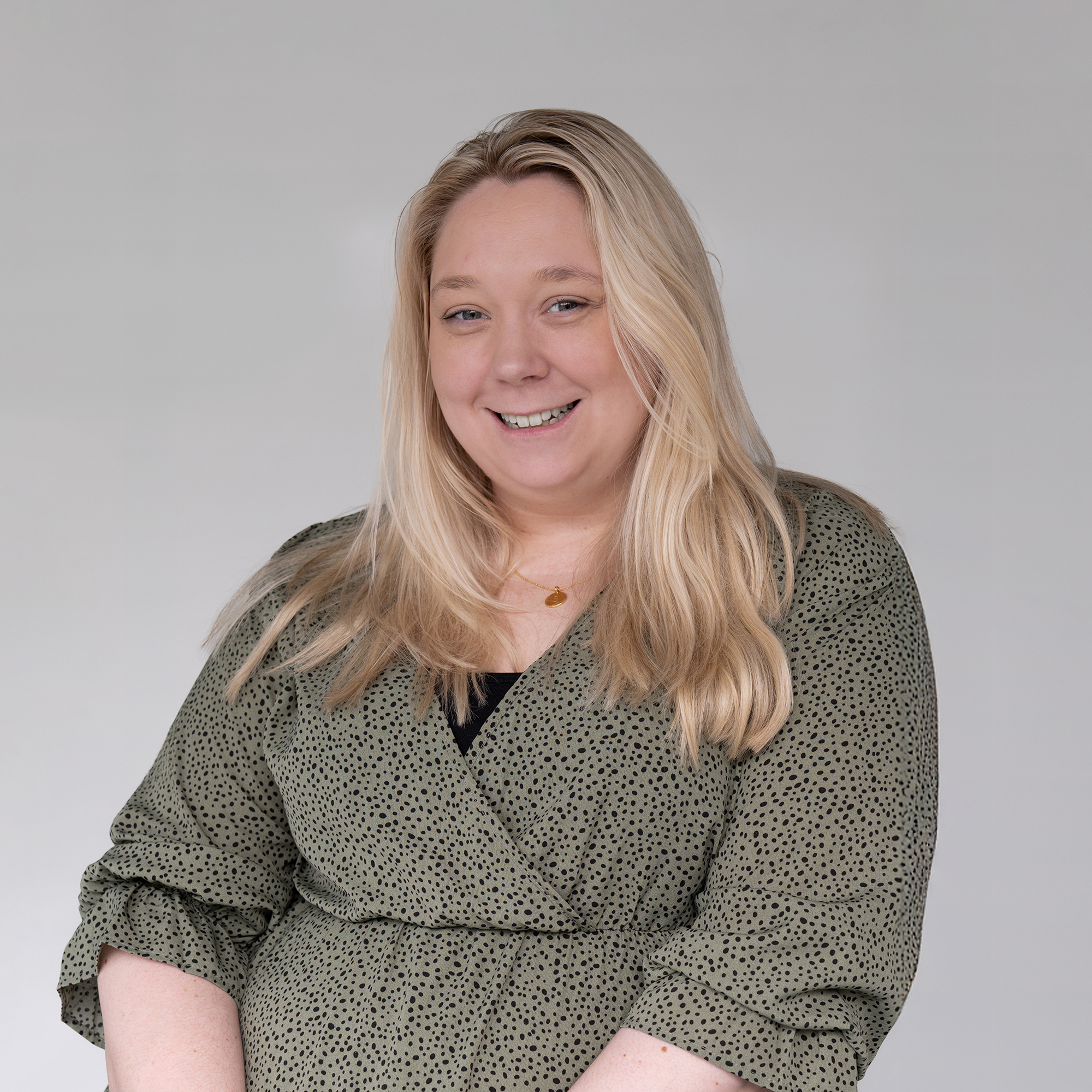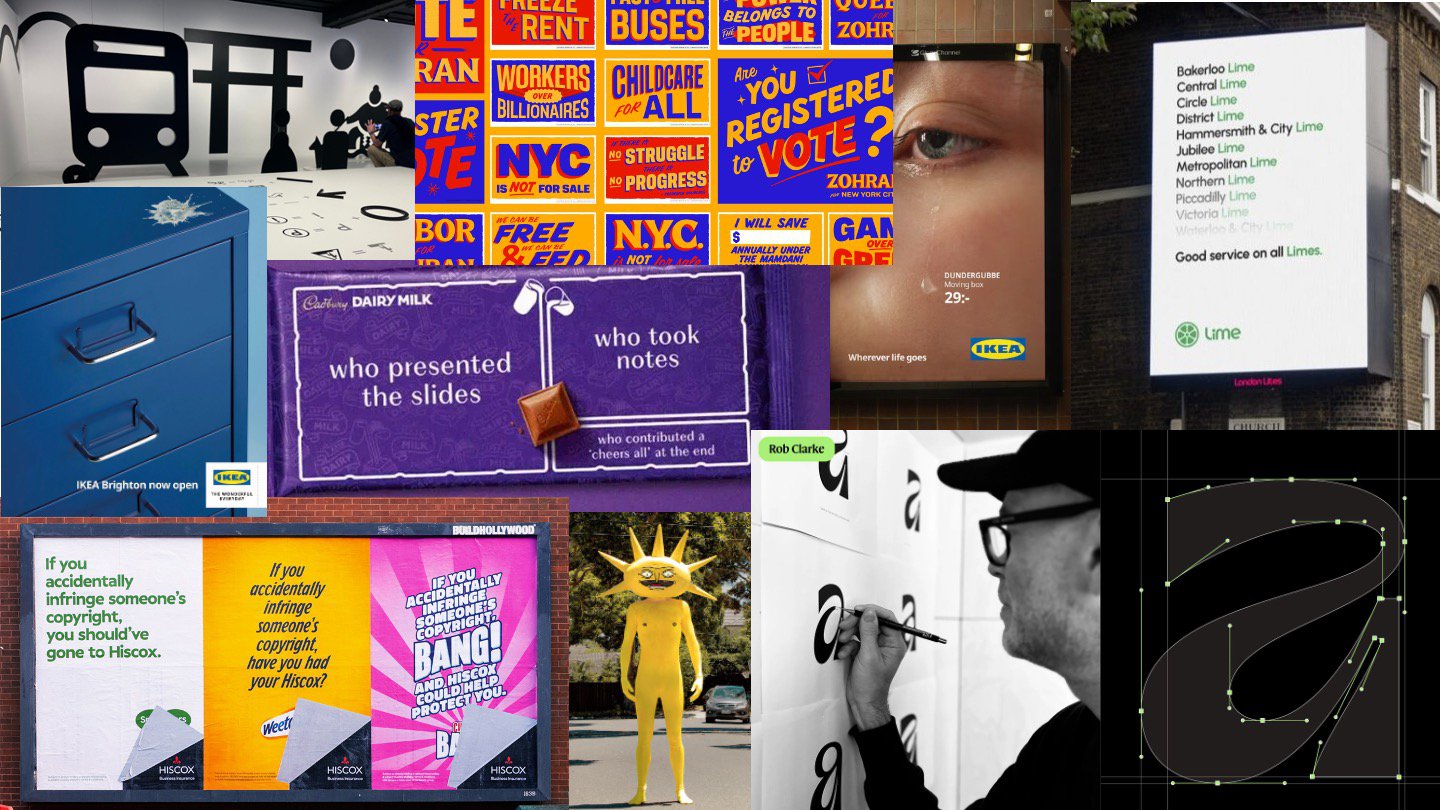What is design excellence?

At the Team, we have 4 decades of experience and expertise across all things brand. And we always strive for design excellence, throughout countless projects, technological advancements and changing trends.
With a team full of critical and creative thinkers we have been putting our minds to the issue of design excellence. It is, after all, the output of great strategy.
It is interesting to look first at how people are engaging with the world around them to understand the role that design plays. GWI recently asked a global audience which skills they feel have been most improved by using AI tools.
Two areas stood head and shoulders above other skills: 23% of people cited research, with creativity in second place at 17%.
So, is AI just a glorified research engine and a space for creating fast images and concepts? And if so, how is AI shaping the world of design. And there are plenty of tools enabling faster design: Gemini, Midjouney, Canva, Replit – all of them are exploring ways in which visual and UX designers can fast track design. But is that good design? Is it design excellence?
Psychology and simplicity in design
Like art, design is subjective, but as a team we can agree on a few things. In a discussion with Director Sally Tarbit, she emphasised the importance of simplicity in a world overflowing with content, “good design creates a story through simplicity”. Research shows that Sally is right; by employing less chaos in your campaigns, you can increase the trust and reliance clients have with your business. Furthermore, this simplicity must be met with emotion,
As Sally says “excellent design in the campaign world is simple but evokes emotion” the combination of these two attributes is a powerful tool for designers.
Our resident behavioural scientist, Mark Hauser, seconded this idea of using both emotion and simplicity, stating that psychologically, “ease of processing” is important for appealing to consumers and it’s important to understand the simple action that you want to encourage with your campaign. This can be characterised with the phrase ‘Think. Feel. Do.’ Mark explains that when designing an excellent campaign, the objective should always be to make your audience either think, feel or do something and this should be communicated simply and with “clarity of intention”.
Leveraging a specific emotion or moment in time (such as Christmas or summer holidays etc) can allow you to connect your brand to that moment in consumers’ minds. This is a marker of truly excellent design.
“Design should make you feel something before you even know what you’re feeling”
Director Cliff Ettridge also emphasised the importance of emotional connection in excellent design. As he says, “Design should make you feel something before you even know what you’re feeling.” Emotional design engages users on a cognitive level .By creating a connection to positive emotions, we can increase consumer satisfaction and loyalty.
What do customers want design to do?
We examined 16 brand design factors with customers. What do they want brands to do for them? It was interesting that 4 of the top 8 related to behaviour and organisation. Less about aesthetics. More about what design should do: Connecting people; providing innovation; simplifying and organising life; and providing usefull applications and services.

Put simply, design needs to work. Art does not. But, the magic combination is design that has the same beauty and quality of art.
So, excellent design must simply and emotionally cut through the noise of modern life, but what else?
One example of design meeting art can be found in album covers. The Team were privileged to work on a number of album covers for The Beatles, and ex-Creative Lead and present Executive Creative Director, David Recchia, worked on the ‘1’ album.
‘1’ was number 1 in 32 countries, and at the time became the fastest selling album ever with 21.5 million units sold in the first year alone. As Chris Windle, the then Vice President of International Marketing EMI Records said, “The ‘1’ image is central to all our activity and has ensured the album achieved the broad commercial reach and appeal we wanted.”
So why does it work?

For Dave it is the clarity of the idea. “It can’t get any simpler. The only band in the world at that time that could lay claim to being the number one band was the Beatles. It was more than a hallmark, it was part of their identity. Four musicians, one band, part of their extraordinary accolade. That’s the legacy.”
And that is how design ideas like ‘1’ are kept so simple and are able to have such cut-through. It’s not so much what design does as what it represents. A simple human truth.
And finding that simple human truth is part of any design excellence journey. All journeys start by abandoning assumptions and being open to new points of view; new data, and new insights. The creative design spark needs that insight to find a market.
The simple human truth then helps creative and critical thinkers to focus on the right solutions.
It is then all about what the market needs to capture the attention of customers and/or employees. That’s where positive disruption comes in.
This is plastered across the wall here at The Team, and it’s how we think. Our creative design process.

Process process process
According to Dave Recchia, whilst it’s important to focus on the output side of design, the internal process is integral to what makes excellence as well. Dave suggests that having a strategic process is ‘absolutely critical to creating’ and reminds us – ‘no cutting corners’.
Not only does the output goal need to have an emotional effect and the appearance of “looking easy” (in Dave’s words) but the process must be tried and tested, meticulous even. This serves as a reminder that functionality is the difference between art and design. Ultimately design has a purpose. A point very aptly backed by our motion designer Megan Pearce Wright. As she highlights, “when we strive for design excellence, we must acknowledge that we are solving a problem. Excellent design should offer solutions to an existing issue and not just be adding to endless noise.”
In summary:
In essence, design excellence is achieved when simplicity, emotion, strategy, and purpose come together. The most impactful designs are those that cut through the noise of modern life with clarity and feeling, solve real problems, and are the result of a thoughtful, intentional process.
By striving for these qualities, we create work that not only stands out but also leaves a lasting, meaningful impact.




